The Different Types of Tatting Thread
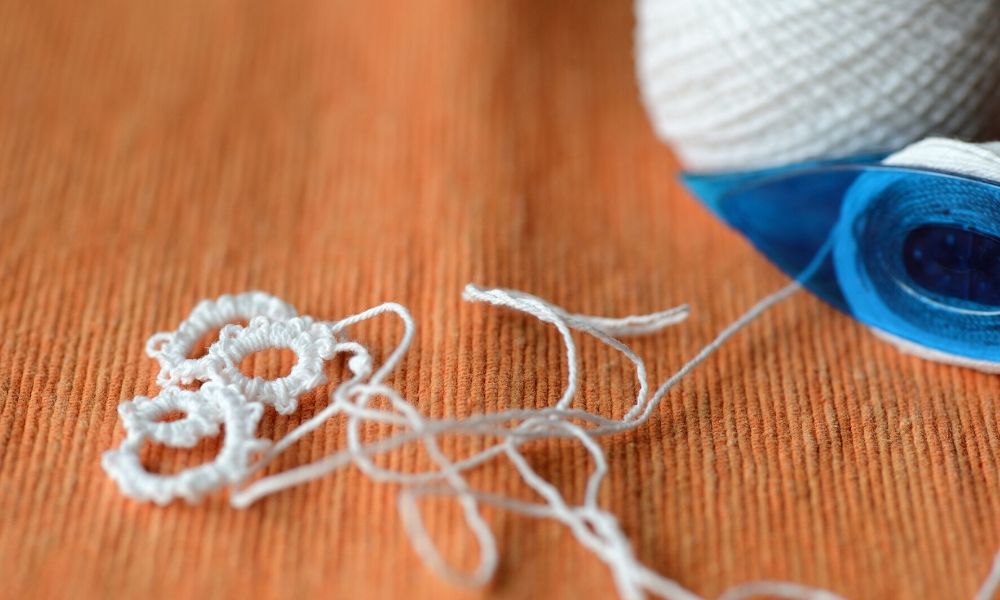

Whether you’re a beginner needle tatter or fell in love with the craft years ago, there’s a lot to learn about this needle form. Tatting, or lace-making, is an intricate process that can always be refined. A simple way to improve your tatting technique is by educating yourself on the different types of tatting thread. Some threads are better to use than others, and when you learn these, you’ll be better suited to choose the right thread for your next project. Learn more about the different types of tatting thread below.
Thread Size and Mercerizing
To begin, we must first discuss some important terms—thread size and mercerizing. Within the various types of needle art, you’ve probably gotten quite used to the different types of thread—but what do they mean? Thread size refers to the thickness of a thread; the higher the number of the thread, the finer it is. For example, a size 80 thread (perfect for tatting) is finer than a size 50 and much finer than size 10. You’ll have to pay attention to the thread size in correlation with the project that you’re taking on—sometimes finer thread is better, and sometimes it makes your project more difficult.
Mercerizing is the manufacturing process that makes the thread both more receptive to dyeing and adds strength and shine. This means that a mercerized thread is smoother, easier to work with, and much more durable—exactly what you need for a tatting project. In a simple sense, you’ll want to look for a thread that’s “fuzz-free” along the strand. The smoother the strand, the better for your tatting project.
Different Types of Thread
Six-Cord Thread
Six-cord thread has six tightly twisted plies. These six twisted plies make a six-cord thread one of the most durable options for your next project. It’s a suitable choice for heirlooms and decorative designs, as it will withstand more wear than other thread options. Keep in mind that this is different than six-strand embroidery floss, where the plies are designed to be separated.
Three-Cord Thread
Similarly, a three-cord thread consists of three tightly twisted plies. It still holds up well for various projects, but not as well if it’s for a project that will be laundered or worn. This type of thread is often used in Christmas ornaments or other projects where the thread will be left untouched.
Two-Cord Thread
The last type of thread is two-cord thread. This is the least durable and is best used for small projects like bookmarks. You’ll only want to use this thread for delicate projects that aren’t handled as much as linens.
For your tatting needs, turn to Lindley General Store. We have tatting thread that comes in a variety of sizes—size 3, 10, 20, 40, and 80—and colors. We want your next project to go off without a hitch; turn to us, as we have a variety of threads and tatting needles for sale. Lindley has everything you need for a successful tatting career!

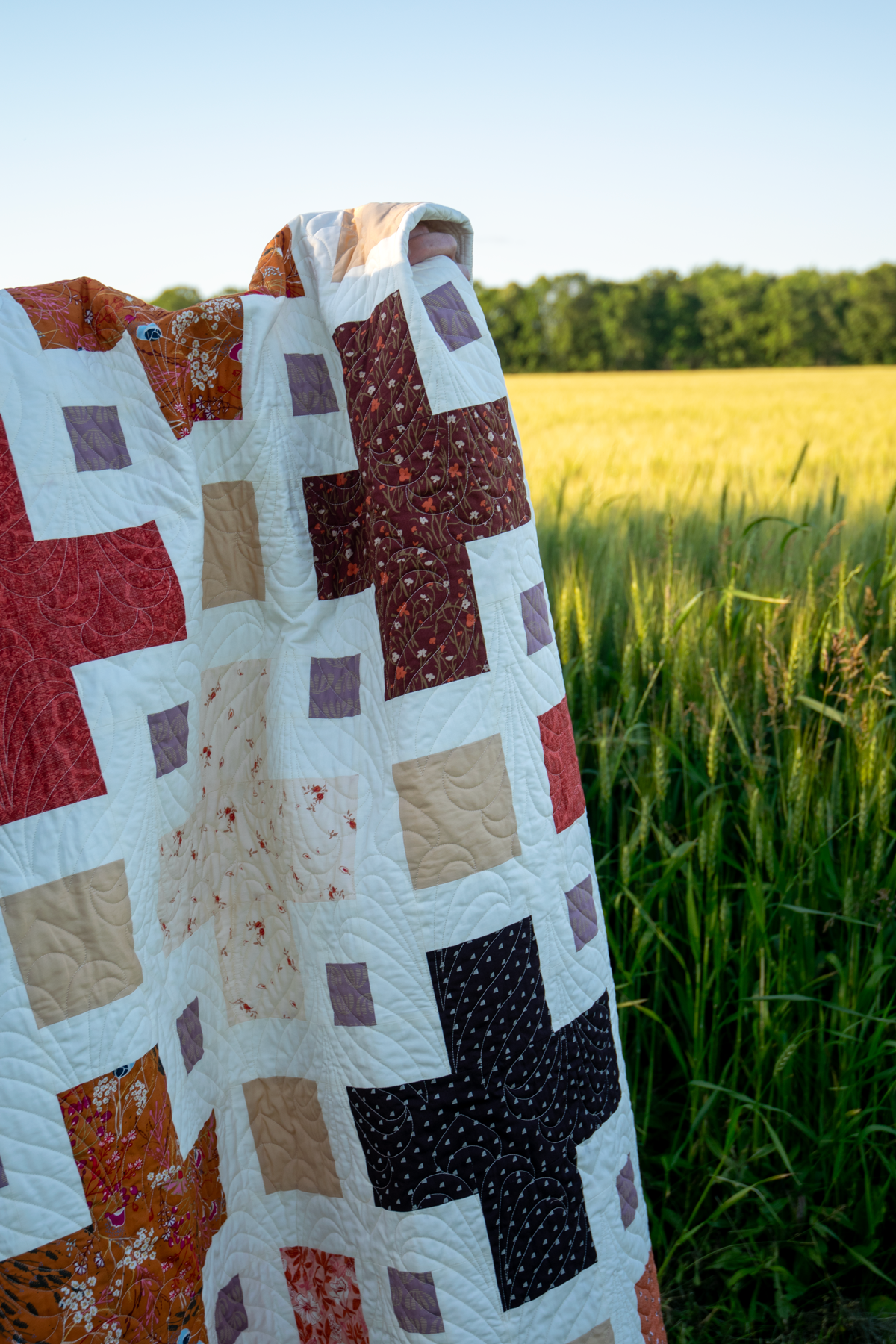

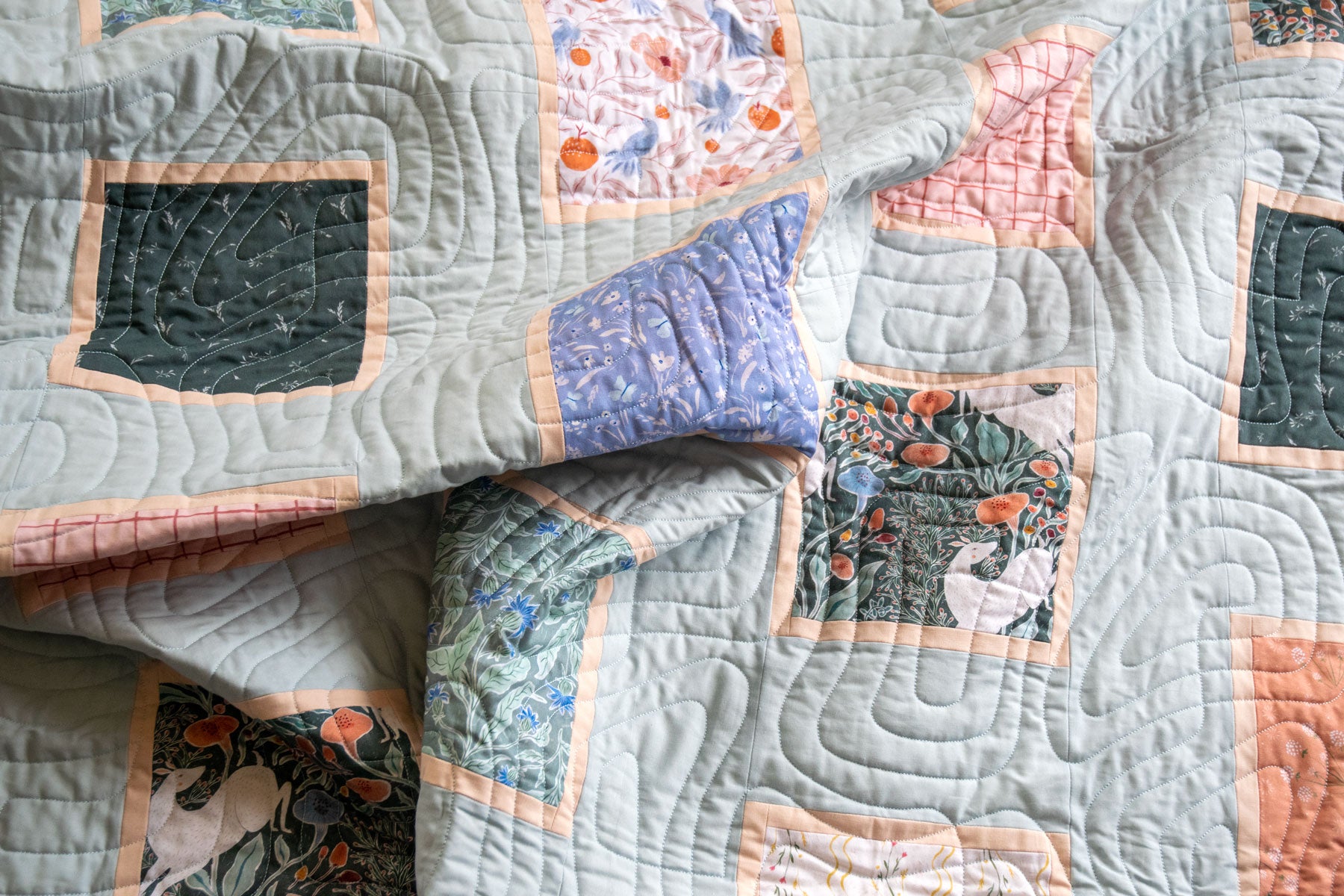
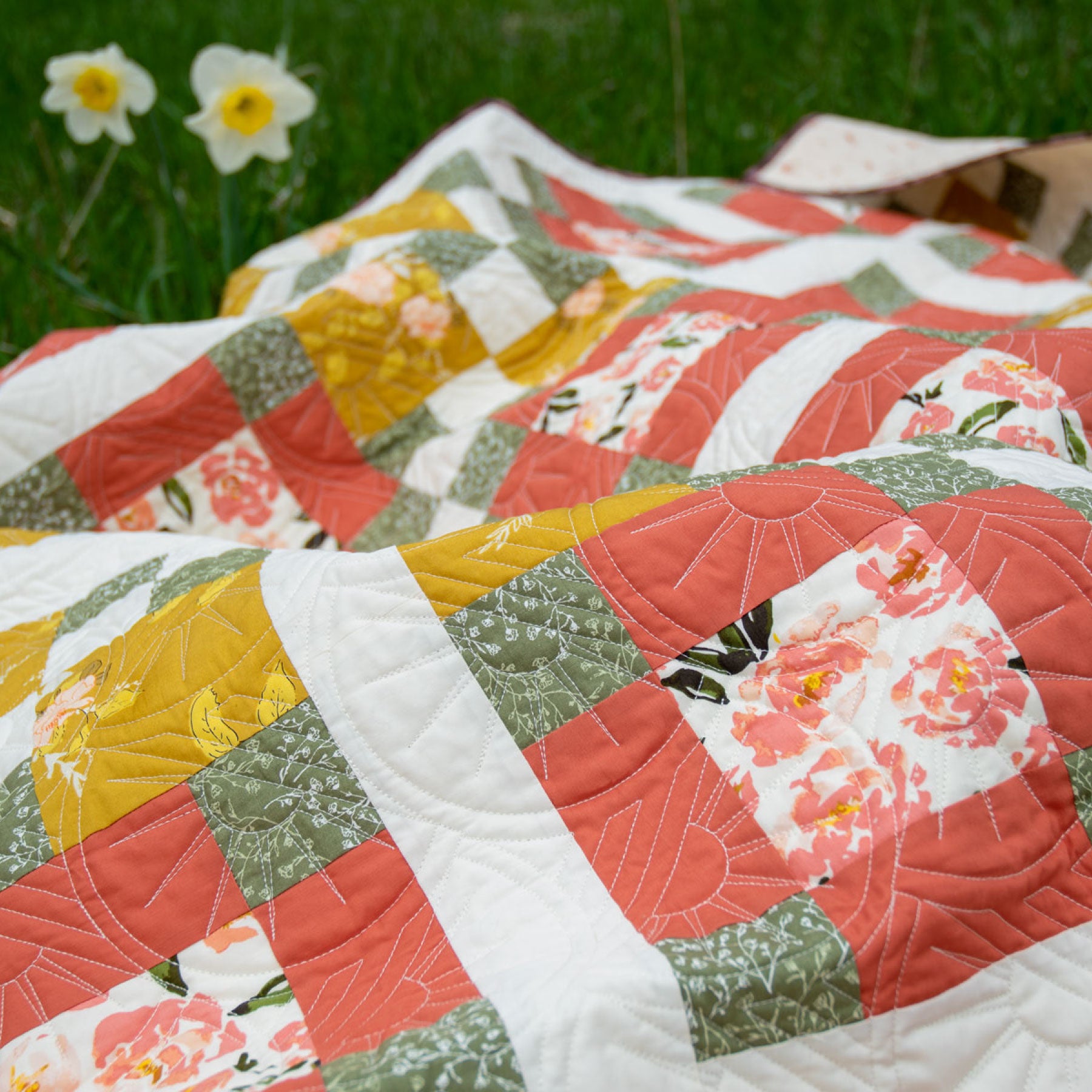

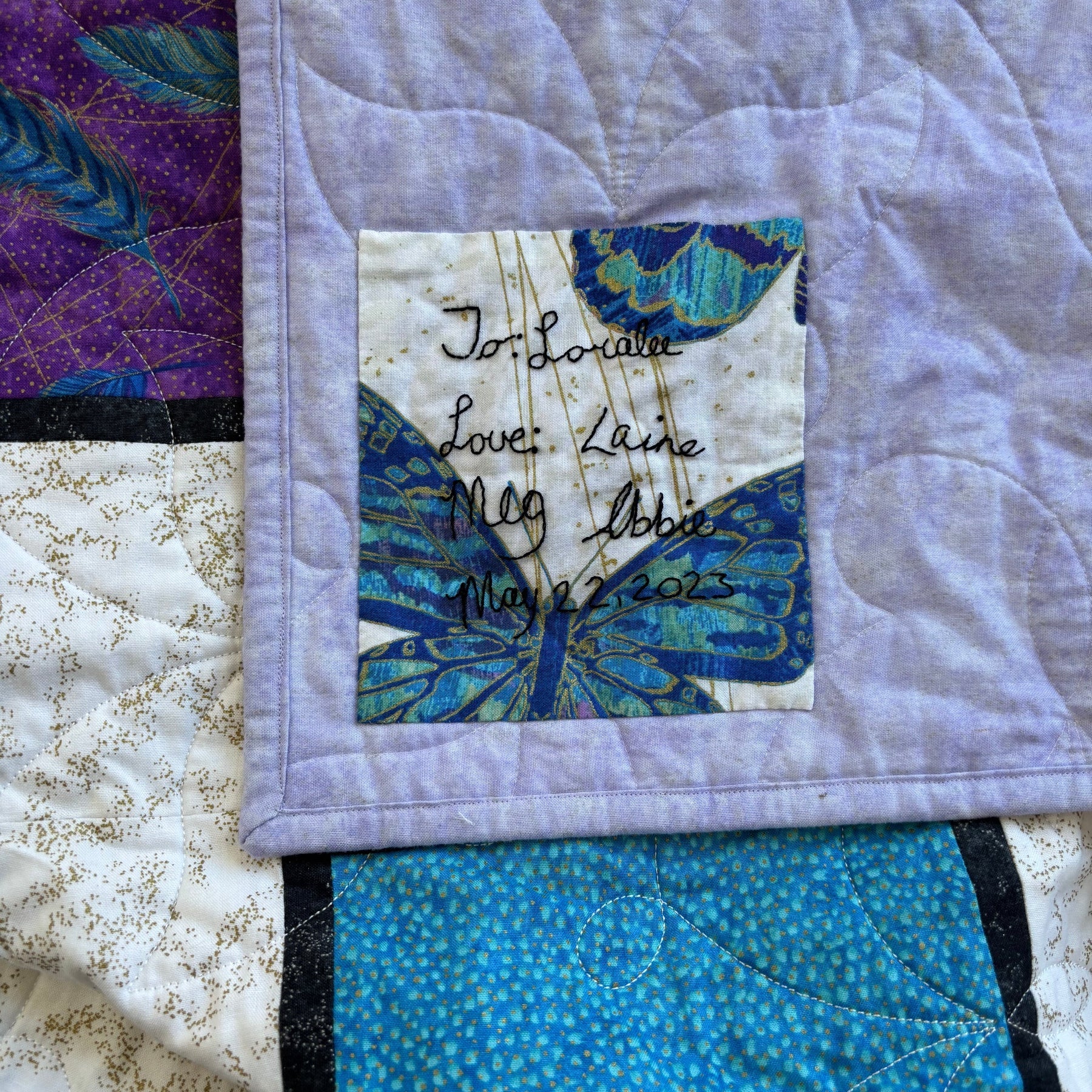
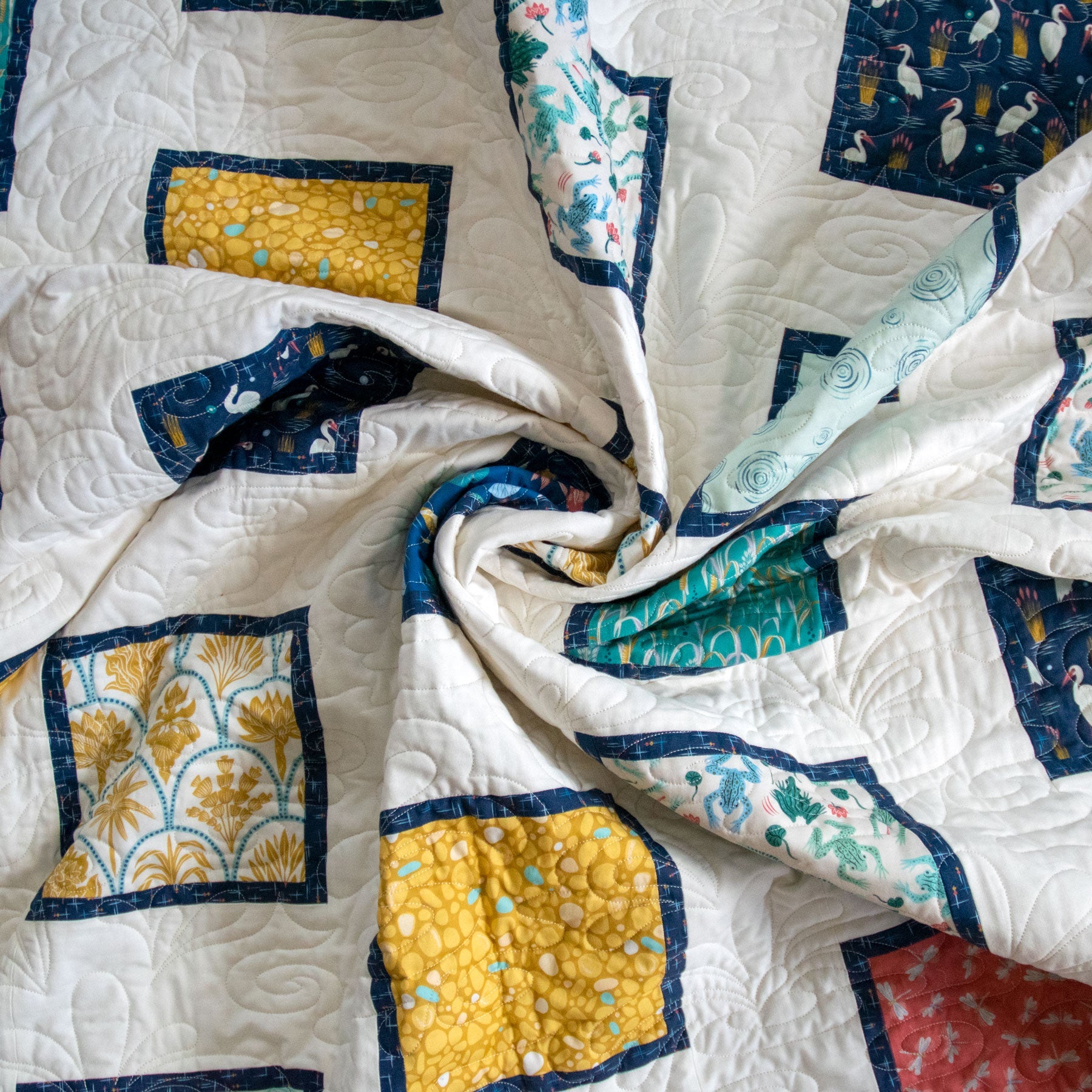
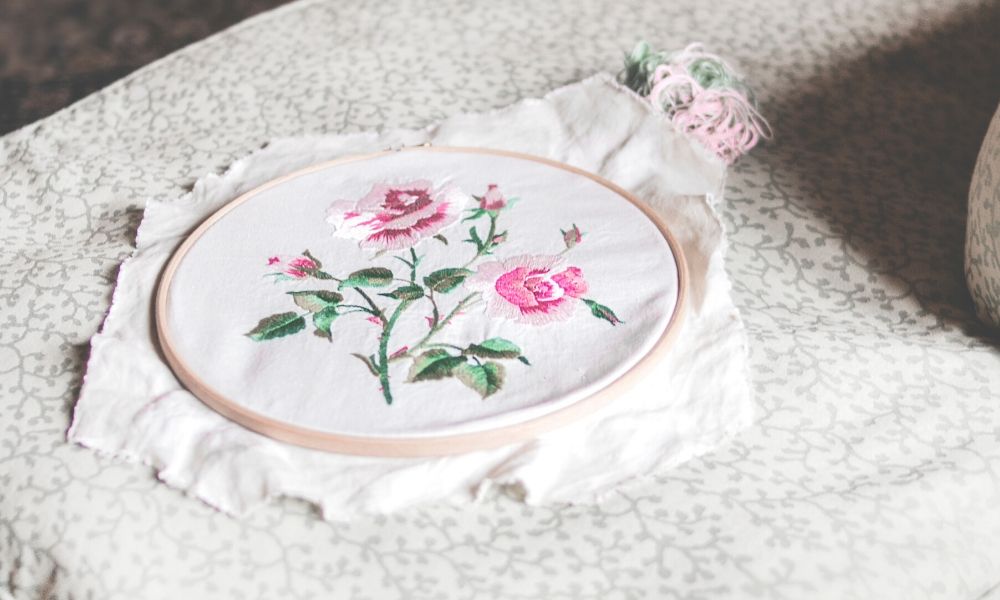
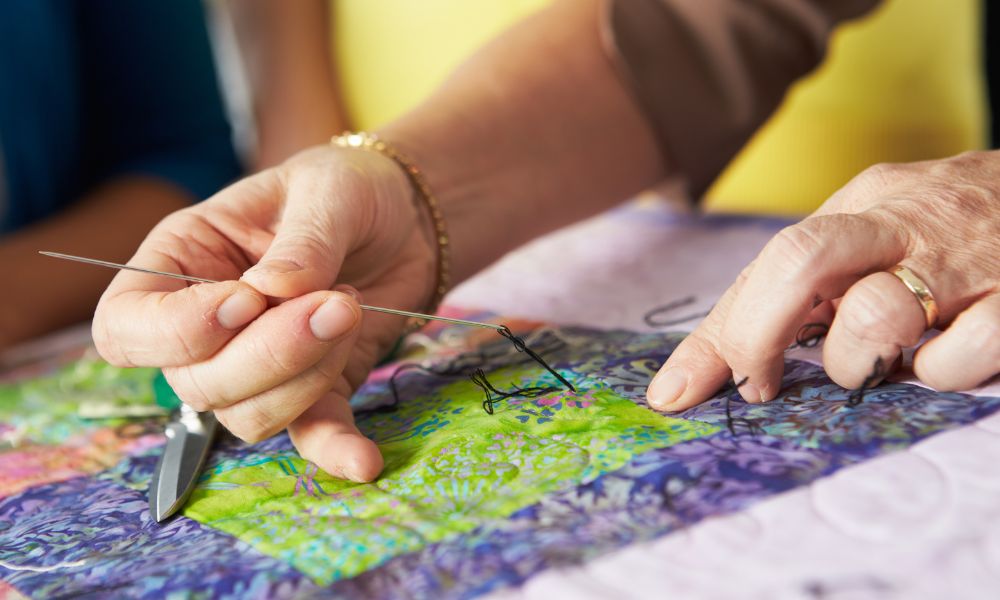
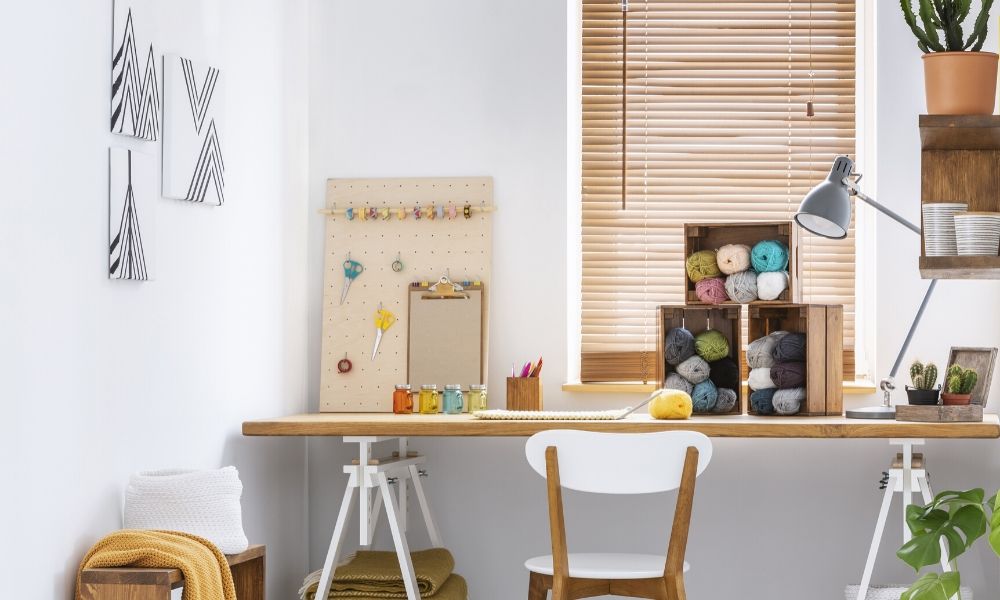
Comments